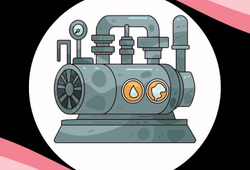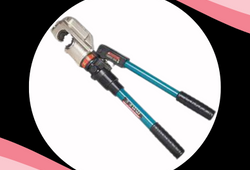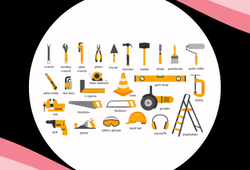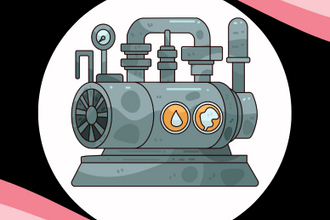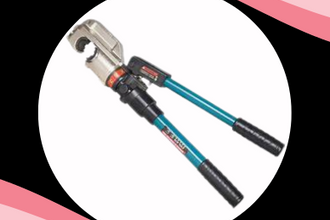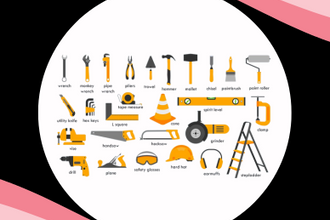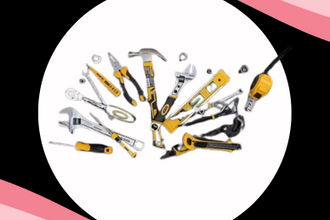What Is a Pump?
A pump is a machine that moves liquids. It can move water, oil, fuel, chemicals, or even thick cream. Pumps work by sucking in the liquid and pushing it out through pipes. They help us fill tanks, water plants, clean places, or move fluids in big factories.
Main Types of Pumps
1. Centrifugal Pumps
Centrifugal pumps operate using a rotating impeller that converts mechanical energy into kinetic energy, pushing fluid radially outward. This design suits applications requiring high flow rates with low to moderate pressure. Widely used in water treatment, HVAC systems, irrigation, and industrial processes, centrifugal pumps are valued for their simplicity, reliability, and ease of maintenance.
2. Vertical Centrifugal Pumps
A specialized variant, vertical centrifugal pumps feature a vertical shaft orientation. This configuration is ideal where floor space is limited or the pump must draw fluid from deep sumps or tanks. The motor is typically mounted above the pump, protecting it from flooding and easing heat dissipation, making these pumps common in wastewater treatment and chemical processing.
3. Horizontal Centrifugal Pumps
Horizontal centrifugal pumps have their shafts positioned horizontally, facilitating easy installation and servicing. Their robust design and straightforward maintenance make them preferred in industrial plants, irrigation systems, and cooling towers where space is available.
4. Positive Displacement Pumps
Positive displacement pumps deliver a fixed volume of fluid per cycle, regardless of system pressure, ensuring a consistent and precise flow. They are highly effective for handling viscous fluids, slurries, or fluids requiring accurate dosing. Their ability to maintain flow under varying pressures distinguishes them in chemical processing, food manufacturing, and oil industries.
5. Gear Pumps
As a subtype of positive displacement pumps, gear pumps utilize intermeshing gears to transport fluid. Their compact design and steady flow output make them ideal for transferring lubricating oils, fuels, and hydraulic fluids. They handle medium to high viscosity fluids with efficiency and minimal pulsation.
6. Diaphragm Pumps
Diaphragm pumps use a flexible membrane to separate the fluid from the mechanical components, preventing contamination and allowing for safe pumping of aggressive or hazardous liquids. Their design supports dry running and self-priming capabilities, making them suitable for chemical transfer, wastewater treatment, and slurry handling.
7. Peristaltic Pumps
These pumps employ rollers to compress a flexible tube, propelling fluid without direct contact with pump components. This mechanism minimizes contamination and wear, making peristaltic pumps perfect for sterile applications such as pharmaceuticals, medical fluids, and food processing.
8. Piston Pumps
Piston pumps create flow by reciprocating pistons within cylinders, generating very high pressures. This makes them suitable for hydraulic power systems, high-pressure cleaning, and oil injection systems. Their precise flow control and pressure capabilities are unmatched in demanding industrial environments.
9. Lobe Pumps
Lobe pumps feature two or more lobes rotating in synchronization to transfer fluid gently. Their non-contact operation prevents damage to shear-sensitive fluids like creams, pastes, or food products. They are widely used in the food, beverage, and pharmaceutical sectors where product integrity is essential.
10. Submersible Pumps
Designed to operate fully submerged, submersible pumps integrate a hermetically sealed motor close-coupled to the pump body. This configuration allows for efficient fluid extraction from wells, sumps, and flooded areas. Their waterproof design and high reliability make them indispensable in wastewater management, mining, and construction dewatering.
Uses of Pumps
Pumps are used in many places. Here are some common examples:
- Homes: to move water from tanks or sumps
- Farms: for watering crops or animals
- Factories: to move chemicals, oils, or food products
- Cities: for sewage and clean water supply
- Hospitals: to handle clean fluids in machines
How to Choose the Right Pump
Not sure which pump you need? Ask yourself these questions:
- What kind of liquid will it move? (Water, oil, cream?)
- Is the liquid clean or dirty?
- Do I need high pressure or fast flow?
- Will the pump be placed above or below ground?
- Do I have space for a big horizontal pump or a tall vertical one?
- Choosing the right pump helps you save time, energy, and money.
Conclusion
Choosing the right water pump is essential for efficient and reliable fluid handling in any industry. Whether you need high flow rates, precise dosing, or the ability to handle tough fluids, understanding the different pump types helps you make the best decision for your application. From centrifugal and positive displacement pumps to specialized designs like diaphragm or submersible pumps, each has unique advantages suited for specific tasks.
Emirates Essential is the best supplier of different types of pumps in Dubai and the UAE, offering a wide range of high-quality pumps backed by expert advice and excellent customer service. Whether you’re looking for industrial, commercial, or specialized pumps, Emirates Essential ensures you get the right product to meet your needs.
People Also Read
Different Types of Dewatering Pumps and Their Uses



